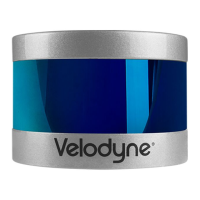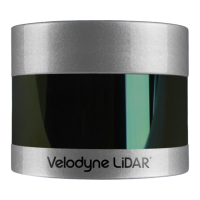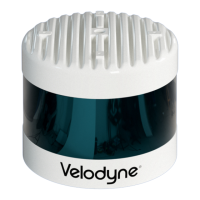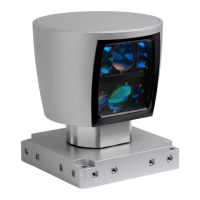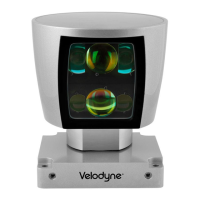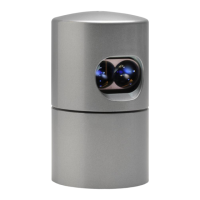What to do if Velodyne Accessories unit spins but no data?
- Aandrew08Jul 27, 2025
If the Velodyne Accessories unit spins but you're not getting any data, verify the following: * The Ethernet wiring is functional. * Packet output using another application (e.g., VeloView/Wireshark). * The receiving computer's network settings. * The correct static IP address in your computer's network settings. * That no security software is installed that may block Ethernet broadcasts. * The 'Laser ON' radio button is selected in the Web Interface Configuration Screen. * The input voltage and current draw are in proper ranges.
